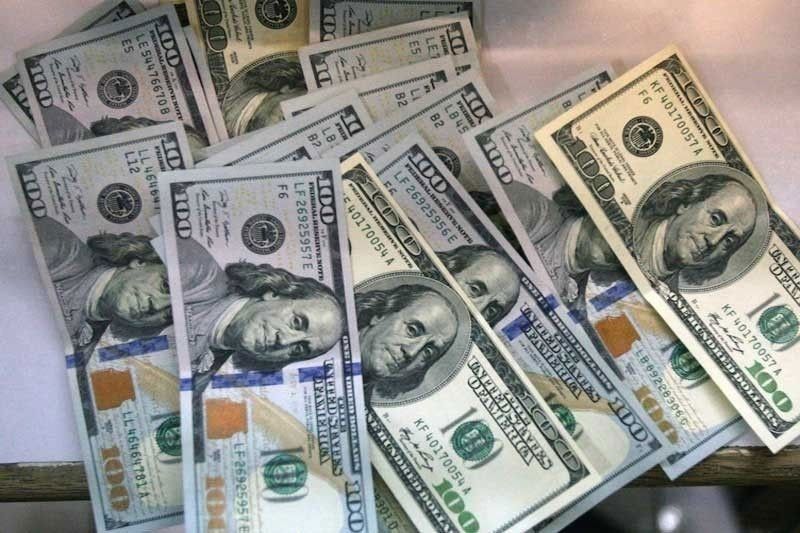FDI inflow climbs to $989 million in April

Highest in 4 months
MANILA, Philippines — The net inflow of foreign direct investments (FDI) jumped by 48.3 percent to hit a four-month high of $989 million in April from $667 million in the same month last year as the country posted a stronger-than-expected economic growth in the first quarter.
This was the highest since the $1.07 billion net inflow recorded in December last year.
Data released by the Bangko Sentral ng Pilipinas (BSP) showed equity placements from Malaysia, the US and Japan channeled mainly to construction, real estate, professional, scientific and technical as well as manufacturing industries doubled to $224 million in April from $110 million a year ago.
On the other hand, withdrawals declined by 9.9 percent to $18 million in April from $20 million in the same month last year.
Meanwhile, reinvestment of earnings went up by 10.2 percent to $99 million from $90 million, while non-residents’ net investments in debt instruments surged by 40.6 percent to $684 million from $487 million as multinational companies continued to inject more money into their affiliates in the Philippines to finance their operational requirements.
“In April 2022, net inflows of FDI rose following the increases recorded across all components, led by non-residents’ net investments in debt instruments,” the BSP said.
For the first four months, the country recorded a 12.1 percent rise in net FDI inflow to $3.43 billion from $3.06 billion in the same period last year as net investments in debt instruments rose by 35.3 percent to $2.58 billion from $1.91 billion.
This was enough to offset the 39.4 percent plunge in capital infusion to $576 million from $950 million. Equity from Japan, the US, Malaysia and Singapore were channeled to manufacturing, real estate, construction, as well as financial and insurance from January to April.
The pullout of equity fell by 53.2 percent to $59 million from January to April this year compared to $127 million in the same period last year.
Data showed the reinvestment of earnings was slightly higher at $329 million from $326 million.
The BSP sees the FDI inflow rising by 4.8 percent to a record high of $11 billion this year from $10.5 billion last year. The level is seen rising further to a new all-time high of $12 billion in 2023.
Despite the steady rise in FDIs, Fitch Solutions Country Risk & Industry Research is now expecting a wider current account deficit of the Philippines widening to 4.3 percent of GDP instead of 2.4 percent of GDP this year on the back of elevated food and energy prices.
Fitch Solutions sees the shortfall swelling further in the coming quarters after ballooning to five percent of GDP in the first quarter from 3.5 percent in the fourth quarter of last year.
“Over the coming quarters, we expect that elevated energy and other commodity prices will keep imports elevated, while export growth will likely slow due to global economic headwinds. The wider current account shortfall, combined with tighter global financing conditions, will likely weigh on the Philippine peso,” Fitch Solutions said.
Likewise, it said that the growth in remittances from overseas Filipino workers (OFWs) is unlikely to offset the impact of the surging trade deficit.
Last week, the peso breached the 56 to $1 level to hit the lowest level in almost 17 years, making it the second weakest performing currency in the region after the Japanese yen.
- Latest
- Trending


























